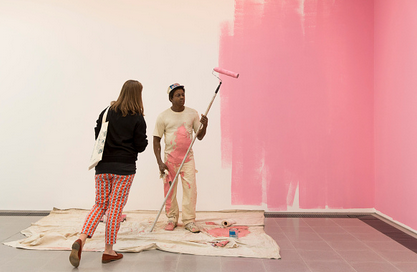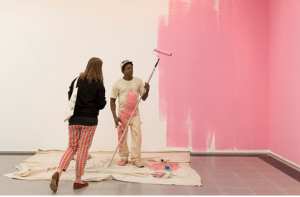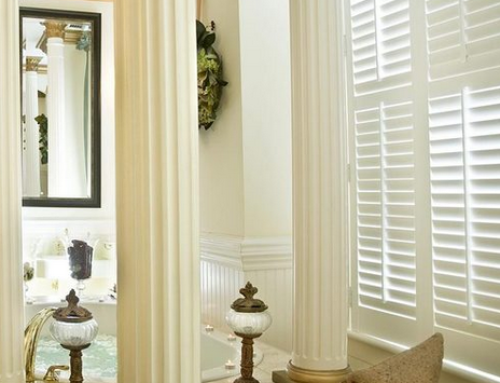Nothing beats a great paint job, without a doubt. However, any professional knows that a good paint job is impossible without great preparation. We will give you a couple of tips that will help you get the job done like a pro. Incorrect or insufficient preparation will result in additional time, extra expenses, and frustration.
Preparing a room for painting does not take a whole lot of time and effort, but makes a huge difference.
Pick the right instruments
Make sure to prepare all the instruments in advance and have them ready and handy when you start the painting job. Buy recommended size paint roller sleeves and matching roller as well as matching paint tray and liner. You will want quality paint tape for protecting unpainted surfaces. Make sure to buy a filling knife and a filler and lots of sand paper. And don’t forget about wearing safety goggles and older clothing to protect from paint splashes.
Cover the furniture
Make sure to cover all the furniture to prevent paint from splattering on its surface. Whenever you can, move the furniture pieces to another room. You will have more space and won’t worry about ruining your furniture, especially if you have antique pieces.
Remove all the fixtures
Prior to starting a paint job, it’s a good idea to remove all your decorative covers for light switches and electric outlets, also any hardware that might be in the way. Tape your doorknobs. And don’t rush with putting them back on once you are finished. It is better to wait for at a week for the paint to dry properly. Instead of covering some of the fixtures with the paint tape, it is always better to remove them. Go for quality!
Choose proper drop cloth
Plastic sheets are slippery and unsafe in that sense. However if you take plain cloth or canvas it will paint sink through and ruin your floors. So the best choice is a cloth or other material with a lining on the bottom side. While the cloth is less slippery, the lining will prevent the paint from getting on your floors.
Corners
Ensure that all your corners are straight. Paint will not fix this problem if they are not sharp. Paper-faced metal drywall corners will do the job just fine and will give your corners extra reinforcement.
Sand the walls
For better results you should sand the walls and fix all the defects on the walls prior to putting primer on them. This especially concerns the bathroom where you will most likely use glossy paints. They make all defects especially visible. If your sandpaper gets clogged with old soap scum, just rinse the surfaces. Once you are finished, dust and wipe the walls with a towel or vacuum cleaner.
Use the primer
It is always wise to work your walls with the primer prior to painting them. It will hide all imperfections on the walls. If you have walls that have heavy stains from water or smoking, use oil-based primer.
Covering dark or bright colors
If you are trying to cover dark or bright colors, undercoats will do better job than an extra coat of the final finish. Also, a tinted undercoat will do a great job if you are going for a light color in the end.




